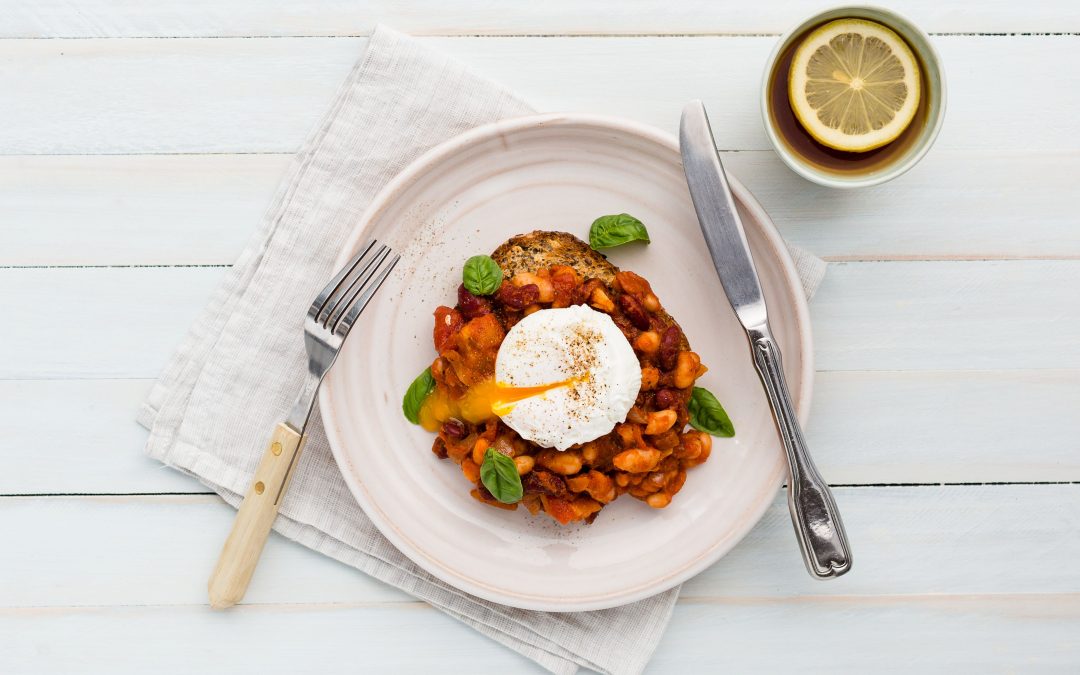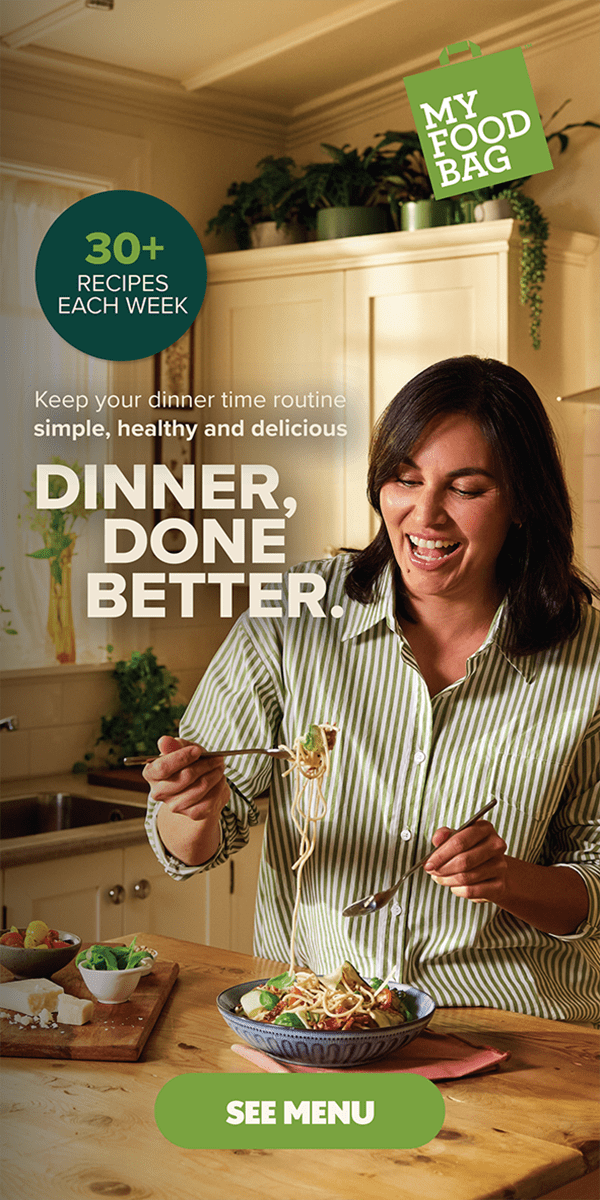There are so many tools and gadgets available nowadays that are designed to make cooking easier. One of our favourites is the digital food thermometer. This handy gadget can be used in a range of ways and help to take the guesswork out of cooking – always a bonus!

Roasts
The dilemma when cooking roasts is this: Some people undercook it because they are afraid of drying out the meat, while others overcook their roast to ensure it’s cooked through leaving it dry. That’s when a digital food thermometer can come in handy. Use it during cooking to ensure the meat is moist, tender and cooked to a safe temperature. The correct temperature will depend on the type of meat, its size and weight, so have a quick look online to check what the right temperature is for the meat you’re cooking.
Poaching
This gentle way of cooking is a favourite among foodies. The key is to monitor the temperature throughout to ensure it doesn’t exceed the poaching sweet spot, which is between 71°C and 82°C (between 160°F and 180°F). This is even lower than a simmer, so it’s important to make sure the temperature doesn’t go any higher than the recommended range.
Pan-roasting & Grilling
Using a digital food thermometer for roasts is a given, but don’t underestimate its value when cooking smaller cuts. Because of their size, smaller cuts of meat are easy to overcook so a thermometer will help you to avoid this.
Deep-frying
As with poaching, it’s important to monitor the temperature of oil when you’re deep-frying. A thermometer can help you to check the oil is at the right temperature before you start deep-frying, and it’ll help you to monitor the temperature so it doesn’t get too hot to cook with.
Desserts
There are those who say that baking is both an art and a science and we couldn’t agree more! One misstep while baking or making desserts can lead to disaster, so it pays to have all the help you can get to ensure this doesn’t happen. That’s where a digital food thermometer comes in handy. Certain recipes, for example marshmallow and caramel, should be cooked at certain temperatures and not get too hot so using a thermometer helps you to monitor your progress and avoid any mishaps.

